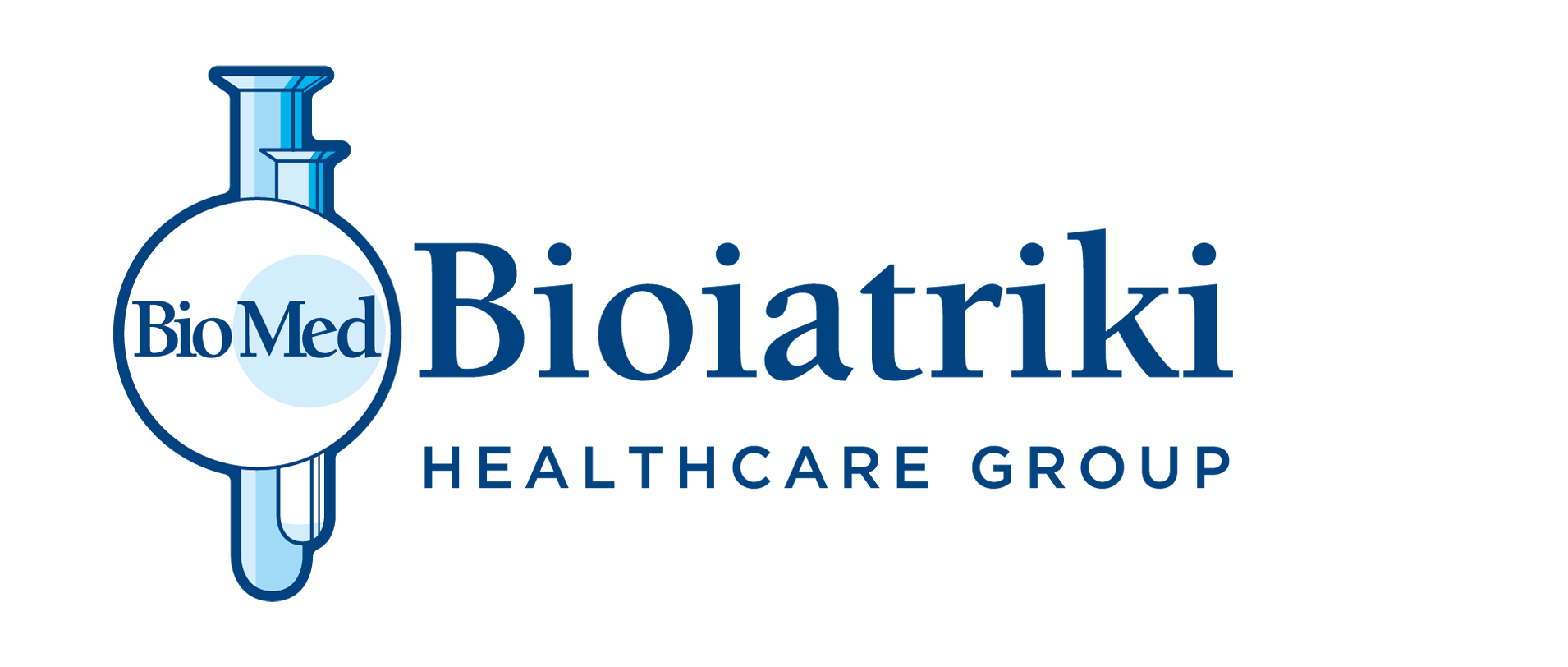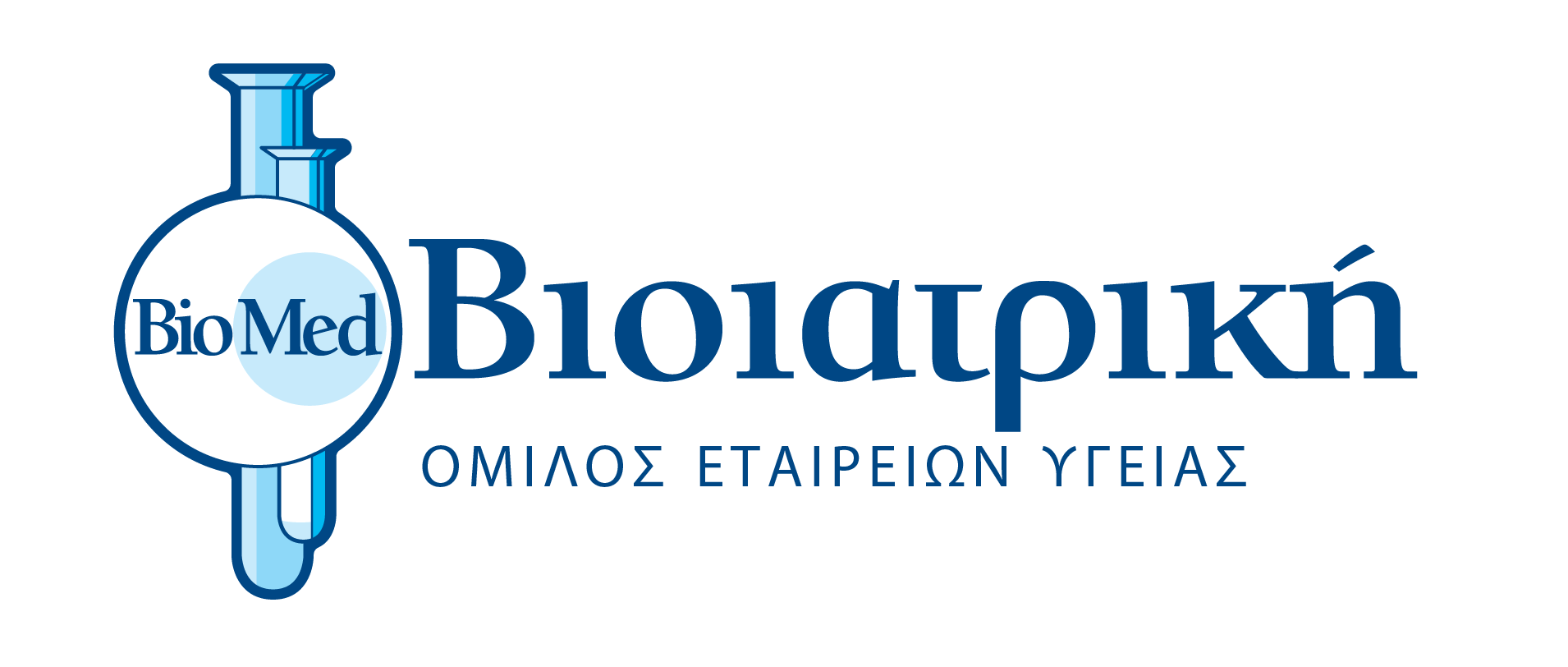Haematology tests are fundamental to the clinical diagnosis. The Complete Βlood Count (CBC) test includes a general blood test with a microscopic count and morphological examination of red and white blood cells, haemoglobin and hematocrit, platelets, and erythrocyte markers. The blood test provides a plethora of information to determine normal physiological functions, namely the proper oxygen transport through body organs and the immune system. Reliable measurements are also needed for white blood cells and the various categories of leukocytes, since they are crucial defense factors. Biopathologists in laboratories can detect abnormalities in white blood cells, platelets, and even erythrocytes by microscopic examination of peripheral blood smear (blood film).
In collaboration with the parent company in Greece, our haematology department performs hemorrhagic diathesis test and thrombophilia screening, aided by the identification of mutations by the Molecular Biology department, as well as a rapid evaluation of platelet function in small samples of citrate whole blood. Platelet dysfunction may be acquired, inherited, or caused by platelet inhibitors. The most common causes of platelet dysfunction are uremia, liver disease, cardiopulmonary bypass (CPB), von Willebrand disease, platelet disorders, and very often, exposure to anti-platelet agents such as acetylsalicylic acid (Aspirin) and Clopidogrel. This procedure is suitable for the study and projection of platelet resistance to the use of aspirin.
In BIOATRIKI HEALTHCARE Group’s haematology laboratories, hemoglobinopathies are also detected and quantified by hemoglobin electrophoresis of not only A2, F, and S, but rare hemoglobins as well such as D, C, H, O, J, Lepore, etc.
Methods:
- Haematology: Fluorescence Flow Cytometry (FFC) (utilizing special fluorochromes), blood volume analysis (utilizing the electrical resistance and conductance principle), colorimetry.
- Clotting: Photometry/tholosimetric – coagulation and chromogenic assays, immunological tests, aggregation, and gel tests.
- For the diagnosis of hemoglobinopathies, the reference method is High Performance Liquid Chromatography (HPLC).







